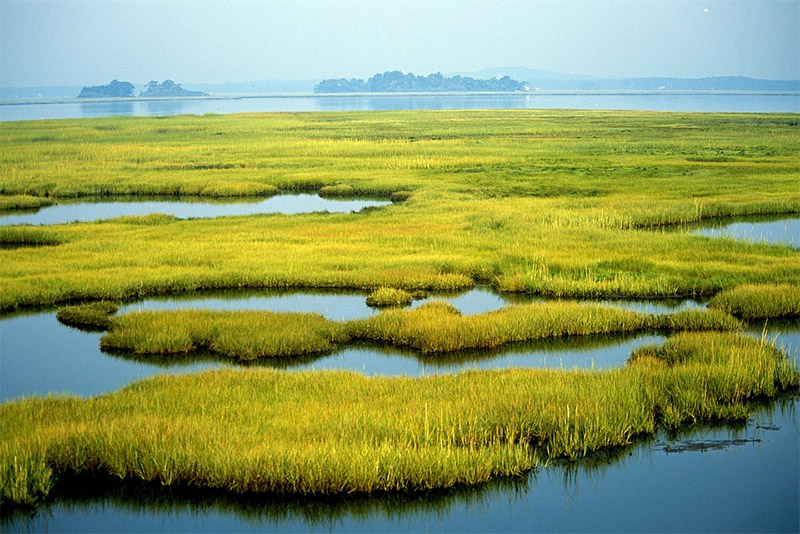
Photo by Skeeze / Pixabay License
National Parks get plenty of attention from tourists and photographers, but National Wildlife Refuges are mostly overlooked. While the National Parks are ideal locations for photographing natural beauty, wildlife refuges have plenty to offer as well.
In this article, we’ll take a look at just some of the reasons why you should consider planning a trip to a wildlife refuge (or a few).
→ See our list of the best places to photograph in every state.
1. They’re Everywhere
The first National Wildlife Refuge, Pelican Island, was established in 1903. Now there are 562 of them throughout the United States, with about 500 being open to the public. There is at least one refuge in every state and U.S. territory.
There are currently 61 U.S. National Parks, and there are a few large sections of the country that are not very well represented. Acadia National Park in Maine, for example, is the only National Park in the northeast.
With so many National Wildlife Refuges, and with the refuges being spread throughout the country, most Americans can visit a refuge with a reasonably short drive.

Pelican Island, Photo by George Gentry / Public Domain
2. Smaller Crowds
Although National Wildlife Refuges have a lot to offer, the crowds are generally small. One of the biggest challenges of photographing at National Parks is dealing with thousands of other visitors who are in the same area.
If you enjoy some solitude, visiting a refuge may be a good idea.
→ Related reading: 10 Underrated National Parks for Landscape Photographers
3. Photograph Wildlife and Landscapes
While many visitors will head to a refuge to see animals and wildlife, most of the refuges also feature a beautiful landscape. While you’re at the refuge, you’ll find opportunities to photograph wildlife and landscapes.
Some of the refuges have incredibly beautiful landscapes that don’t get very much attention, while other popular National Parks and State Parks may be more crowded with photographers.
→ Related reading: Tips for Capturing Wildlife in Landscape Photography
4. Friendly Towards Photographs
While there are several different things to do at a wildlife refuge, observation and photography are popular choices. The U.S. Fish & Wildlife Service recognizes the opportunity for photographing the refuges, and in general, they are friendly towards photographers.
Observation towers or platforms are common at many National Wildlife Refuges, providing an ideal place to set up. The websites of many of the refuges have some information especially for photographers, and in some cases there are special events catered towards photographers.
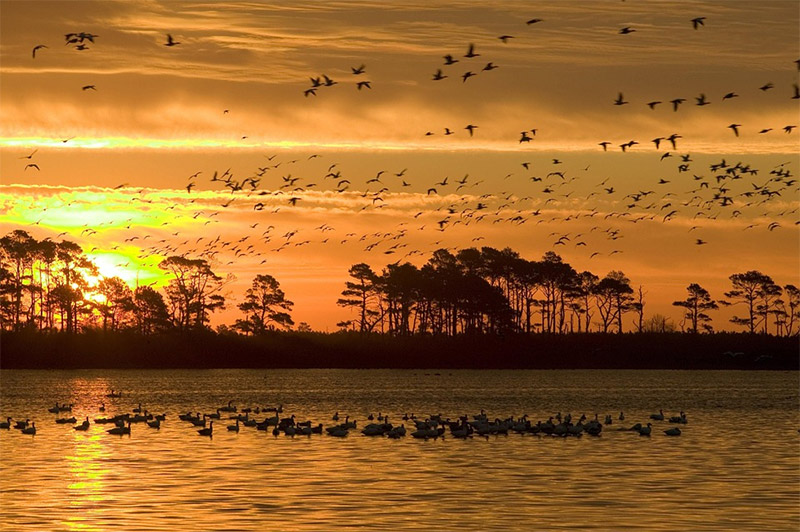
Photo by Skeeze / Pixabay License
5. They’re Free of Cheap
The vast majority of National Wildlife Refuges charge no entrance fee. There are about 30 out of the 500 that you will have to pay to enter, but the fees range from just $3 – $8 per vehicle.
At that price, refuges offer incredible value. Whether you’re heading to a refuge for photography or planning a family outing, it’s a very inexpensive experience. And when you consider the fact that you won’t have to travel very far to reach a refuge, and the trip is both easy and affordable.
6. Come Home with Unique Photos
Because National Wildlife Refuges attracted only a fraction of the crowds that flock to popular National Parks, getting unique photos is much easier. The popular National Parks, and other popular natural landmarks for that matter, have been photographed so many times that it’s hard to capture photos that will truly stand out.
Most of the people who view your photos of a National Wildlife Refuge probably have never seen other photos from that location aside from yours.
7. Variety
Although every wildlife refuge exists to protect wildlife of some kind, there is a great deal of variety. Some are excellent locations for seeing and photographing migratory birds. Others may be home to bison, or a swamp, or any other type of wildlife or plantlife.
With 500 to choose from, you could spend a lifetime visiting and photographing the unique wildlife and landscapes that are managed by the USFWS.
5 Noteworthy U.S. National Wildlife Refuges
Now that we’ve looked at some convincing reasons why you should consider a trip to a refuge, let’s take a look at a few of the standouts.
Keep in mind, this list is mentioning only 5 refuges, or less than 1% of the total throughout the country. There are plenty of others that are worthy of being mentioned here, but these five are great examples of what the USFWS has to offer.
Wichita Mountains Wildlife Refuge
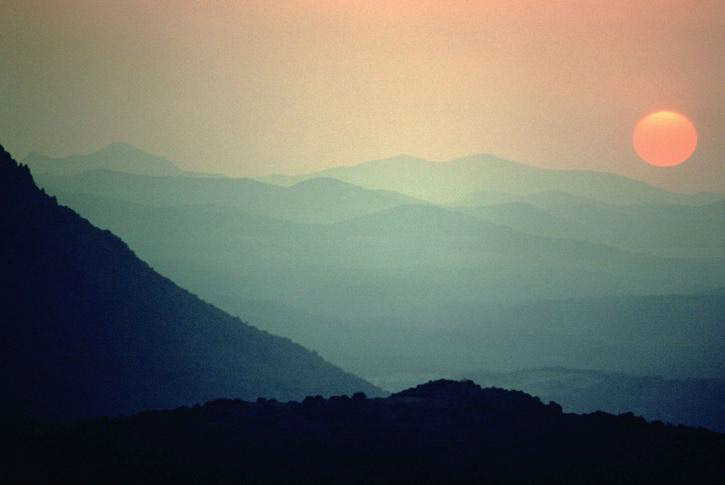
Wichita Mountains / Public Domain
Wichita Mountains Wildlife Refuge covers almost 60,000 acres of southwestern Oklahoma. This area features an incredible landscape that includes mountains and mixed grass prairies. There is a herd of about 650 bison living here, as well as other wildlife like elk and white-tailed deer. More than half of the refuge is closed to the public, although guided tours do cover some of this land. Rock climbing is extremely popular, and the refuge also has more than 15 miles of official trails, and many more unofficial trails.
St. Marks National Wildlife Refuge
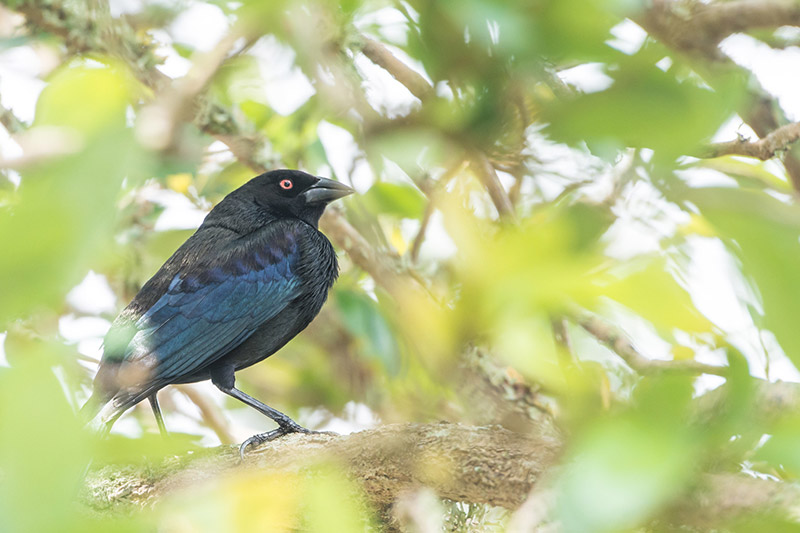
Photo by Andrew Cannizzaro / CC By 2.0
St. Marks National Wildlife Refuge covers almost 70,000 acres along Florida’s panhandle. The refuge includes several different areas that are coastal habitats on the Gulf of Mexico. The refuge is a winter home for many migratory birds, but it is also home to black bear, bobcat, coyote, fox, and alligators. The refuge is also home to the St. Marks Lighthouse.
Chincoteague National Wildlife Refuge
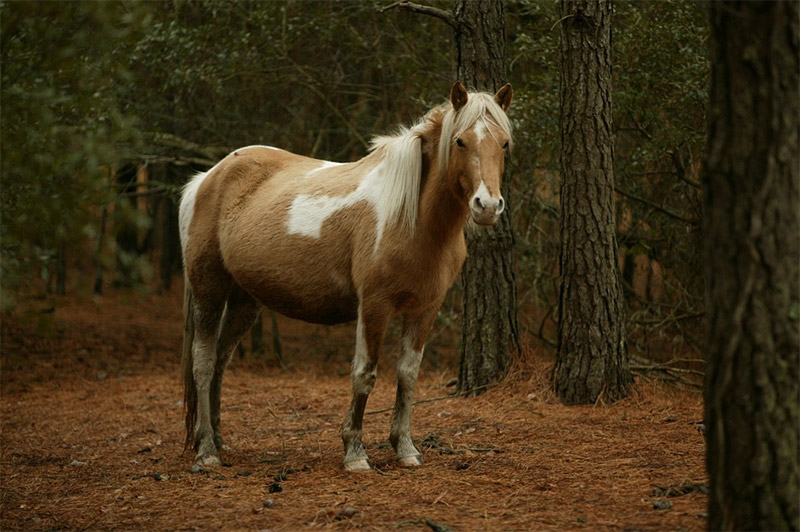
Photo by Skeeze / Pixabay License
Chicoteague National Wildlife Refuge is well-known for the feral ponies that live on Assateauge Island. The northern part of the island is part of Maryland, and the southern part of the island is in Virginia. Most of the refuge’s 14,000 acres lie within Virginia. Although the ponies are the main attraction, other wildlife and marshes are well worth your attention as well.
Bosque del Apache National Wildlife Refuge
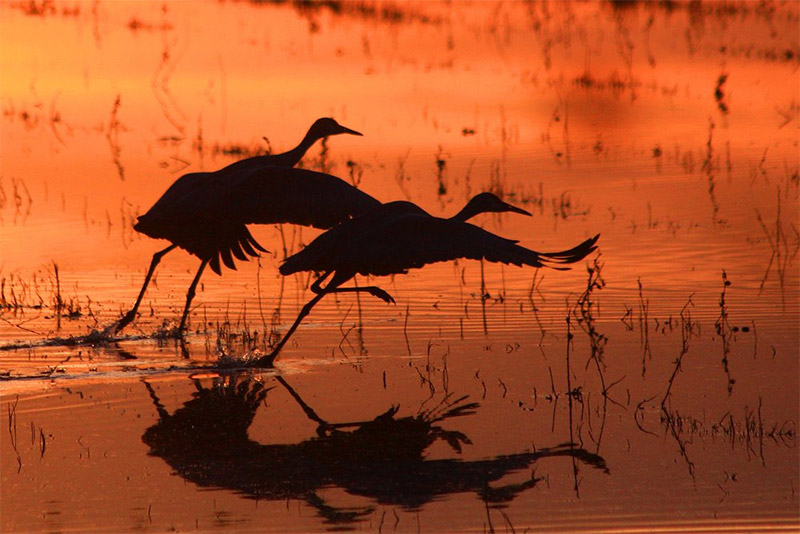
Photo by Martin De Jong / CC By 2.0
Bosque del Apache National Wildlife Refuge is located in New Mexico. While it is primarily known for the migration of sandhill cranes in the fall, it also features a beautiful landscape that is perfect for photography. The refuge includes floodplain, wetlands, and grasslands. A twelve-mile loop road provides access and plenty of great views.
J.N. “Ding” Darling National Wildlife Refuge
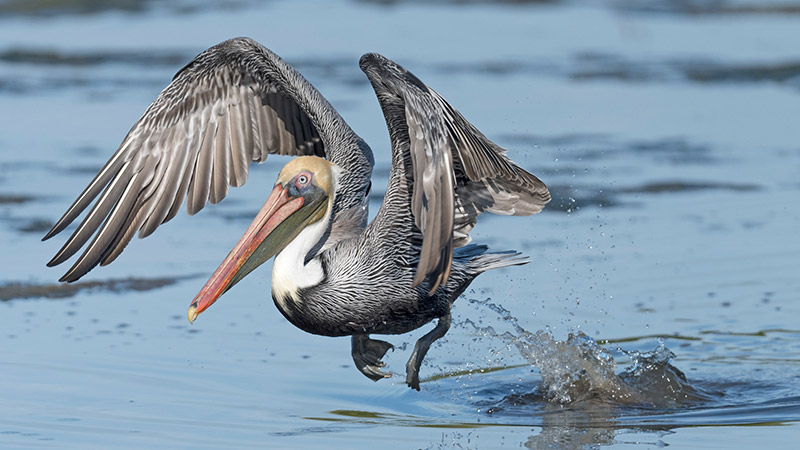
Photo by Russ / CC By 2.0
J.N. “Ding” Darling National Wildlife Refuge is located on Sanibel Island, Florida, in the Gulf of Mexico. This 5,000+ acre refuge protects mangrove ecosystems and is known for the migratory birds that pass through. Wildlife Drive (closed Fridays) provides plenty of great views.
Photo license links: CC By 2.0, Pixabay License
